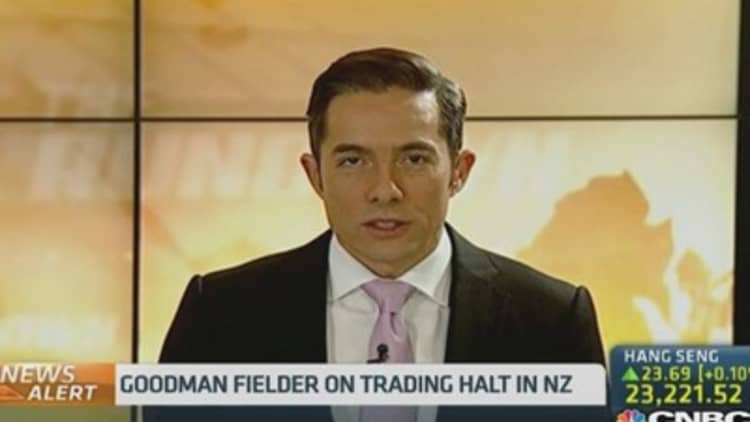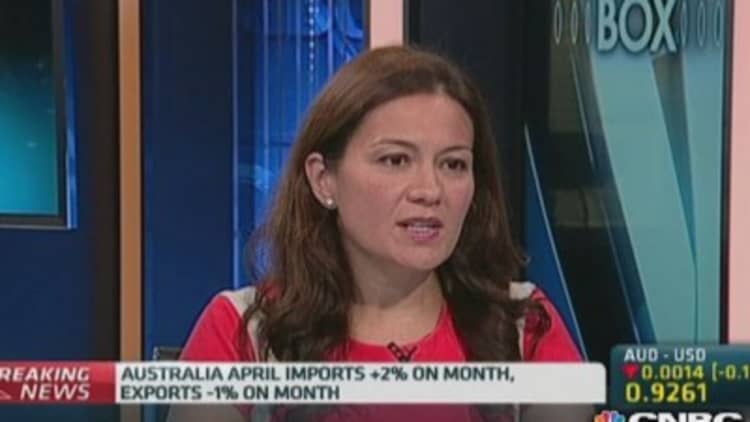
Australian economic data and reports of Chinese factory activity will likely influence the mood in Asian markets this week as traders position themselves for July.
Monday
The week kicked off with Japanese industrial production for May on Monday, released just before Tokyo's 8am market open. Output rose 0.5 percent on month in May, below expectations in a Reuters poll for a 0.9 percent rise but up from April's 2.5 percent decline.
"The 0.5 percent gain is better than our expectations. I think the Japanese economy is getting out of its economic contraction after the sales tax hike in April. I think it is quite fair to say that business activity will gain momentum from the second half of this year," said Junko Nishioka, chief Japan economist, RBS Securities Japan.
Read MoreJapan's housewives loosen purse strings
Tuesday
The Reserve Bank of Australia (RBA) is widely expected to leave interest rates on hold at its monetary policy meeting on Tuesday, as indicated in previous meetings.
Recent data such as the March quarter gross domestic product (GDP), which came in at a two-year high, and low consumer confidence give the RBA little reason to move on rates, Shane Oliver, head of investment strategy and chief economist at AMP Capital, said in a note.
"Interest rates now look like [they will be] on hold into next year," Oliver stated.
Read MoreAustralia's outlook rife with uncertainty
Meanwhile, China is due to release its official purchasing manager's index (PMI) for June, alongside HSBC's final PMI reading. The bank's preliminary reading came in at a seven-month high of 50.8, rising above the boom-or-bust 50 level for the first time this year.
Citi Economics expects the official figure to hit a seven-month high of 51.2, versus May's reading of 50.8.
The Bank of Japan's quarterly Tankan survey of sentiment among major manufacturers is also on Tuesday's calendar.
"We think the consensus is too optimistic about the headline index for large manufacturers and predict a decline from Q1's +17 to +11. We would not read too much into a likely improvement in investment intentions as this would mostly reflect seasonal factors," said Capital Economics.

Wednesday
Australia's May trade report due at 9.30am is expected to show a return to a small trade surplus following April's A$122 million trade deficit, according to AMP's Oliver.
Thursday
Australia's May retail sales will be in focus to see if the negative impact of Prime Minister Abbott's tough federal budget on consumer sentiment has faded.
"We tip -0.5 percent, notably softer than the +0.1 percent consensus. Some of this forecast decline may well be payback statistical noise too as sales have risen continuously for 12 months, increasing the odds of a monthly decline," noted National Australia Bank.
The country's retail sector accounts for 17 percent of Australia's annual GDP.
Read MoreWhy Australia shares may be poised to rally
Events outside of Asia will also be market movers, with a monetary policy decision from the European Central Bank (ECB) and the U.S. June non-farm payrolls report, both due on Thursday.
Analysts widely expect no change from the ECB as it gauges the impact of negative deposit rates on banking behavior and inflation expectations.
According to Reuters, the U.S. economy is expected to create 213,000 jobs in June, down from May's 217,000 figure while the jobless rate is seen unchanged at 6.3 percent.

